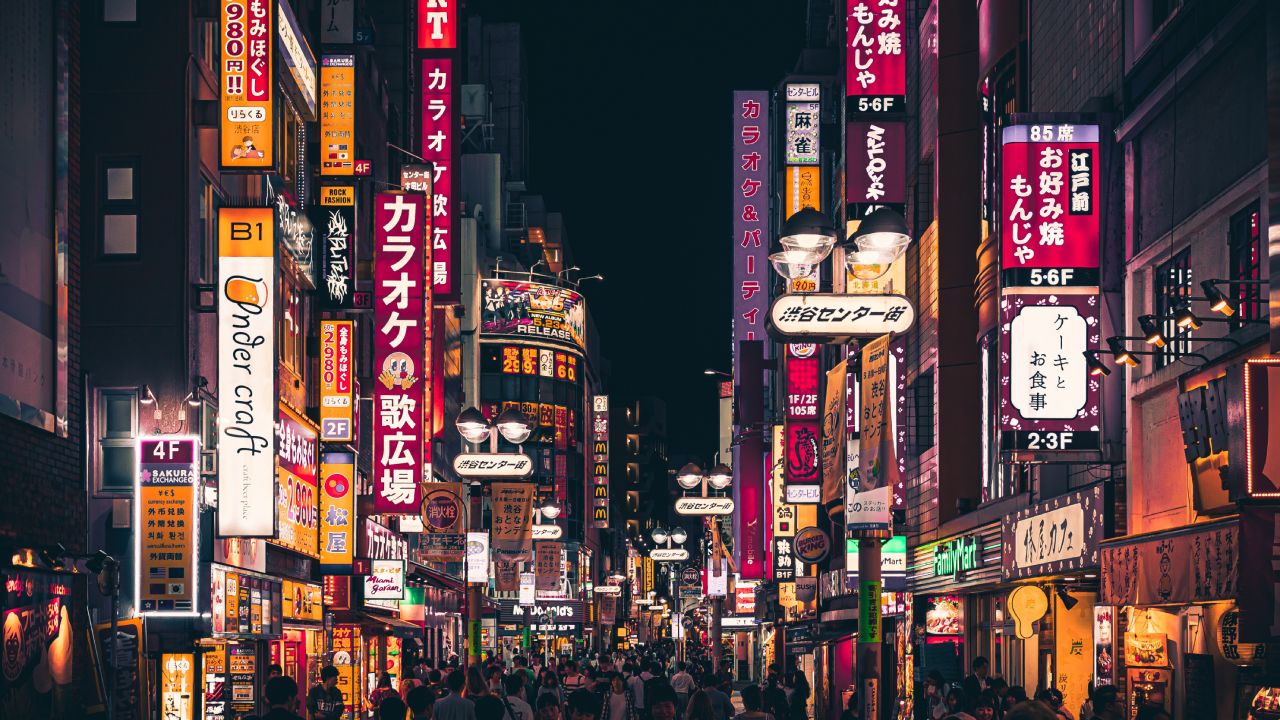Japanese Government Invests $500 Million in New Chipmaking Venture
Aims to reinvigorate semiconductor industry
The government of Japan has announced that it will invest ¥70 billion ($500 million) in a new venture to produce advanced microchips. This latest effort by the government is part of an attempt to reassert Japan as a leading maker of bleeding-edge semiconductor products. However, the announcement, first reported by Reuters, describes this as an ‘initial’ investment, suggesting that the Japanese government could put more money on the table in the coming years.

The project involves the creation of a new company called Rapidus. Rapidus will be a joint venture between existing Japanese high-tech stalwarts such as Sony and NEC, plus Softbank, Kioxia, Mitsubishi and Toyota. There are even calls to persuade U.S. and European firms to come on board, too, according to an unidentified official who spoke to Reuters.
The Asian archipelago, which once made more than half of the world's semiconductors, is looking to revive its chip-making industry after losing ground to China and Taiwan. Concerns over the looming U.S./China trade war and threats to Taiwan also factored into the decision.
Along with the new venture, Japan is also offering financial help to companies that plan to build new foundries in the country. For example, TSMC received ¥400 billion last year to build a plant in Kumamoto prefecture in the far southeast of Japan, on the island of Kyushu. The plant is commissioned to supply parts to Sony and local car manufacturers. This year, Micron was the recipient of a pledge for ¥46.5 billion to increase production at its plant in Hiroshima, while Kioxia and Western Digital saw a ¥93 billion subsidy to expand their output in the country.
Rapidus is expected to start producing chips during the second half of this decade. "Semiconductors are going to be a critical component for the development of new leading-edge technologies such as A.I., digital industries and in healthcare," Minister of Economy, Trade and Industry Yasutoshi Nishimura said at a news briefing.
Get Tom's Hardware's best news and in-depth reviews, straight to your inbox.

Ian Evenden is a UK-based news writer for Tom’s Hardware US. He’ll write about anything, but stories about Raspberry Pi and DIY robots seem to find their way to him.
-
PlaneInTheSky Bosch spent $1.2 Billion to build their chip factory last year. And that was 22nm.Reply
Not sure how $500 million is going to build a 2nm factory. -
Co BIY ReplyPlaneInTheSky said:Bosch spent $1.2 Billion to build their chip factory last year. And that was 22nm.
Not sure how $500 million is going to build a 2nm factory.
Smart applications of the subsidies at the margins can help make a project profitable. Trying to tip the scale on a already potential project not create something from nothing. -
Endymio Reply
They stated they're attempting to regain the 'bleeding edge'. A fab at that level is a $50B project. Their $500M investment is only 1% of that ... a razor-thin margin.Co BIY said:Smart applications of the subsidies at the margins can help make a project profitable -
Co BIY ReplyEndymio said:They stated they're attempting to regain the 'bleeding edge'. A fab at that level is a $50B project. Their $500M investment is only 1% of that ... a razor-thin margin.
I think Tom's added the bleeding-edge bit. The Rueters article only says "advanced chips".
2 nm was only in reference to a joint research center with the US. Not production.
To your correct point about the extreme expense of a new fab - " the bleeding-edge" is named that for a reason. Because there is pain involved.